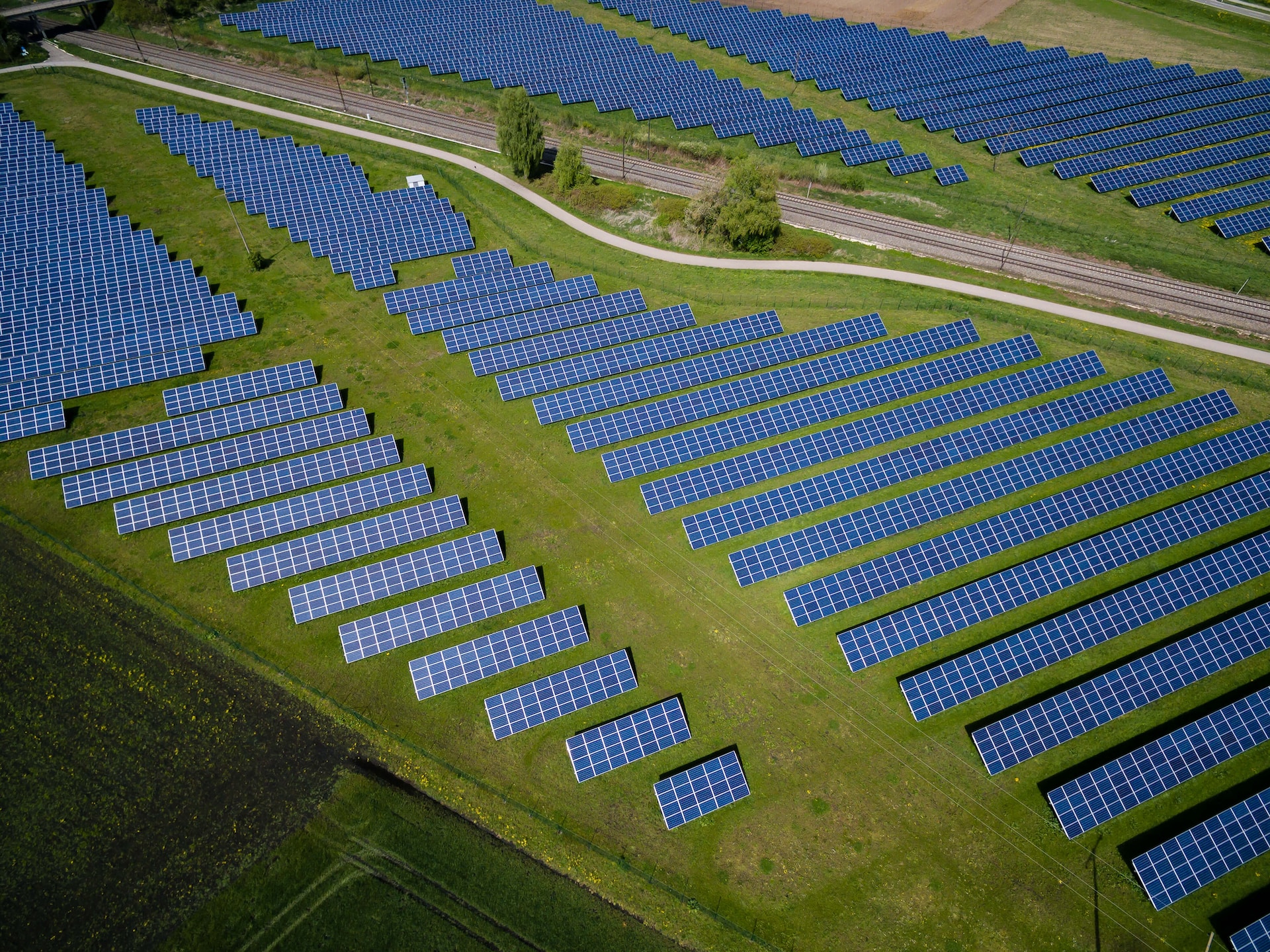In a world grappling with the consequences of climate change, environmental sustainability has become a paramount concern. Governments, businesses, and individuals are increasingly seeking ways to reduce their carbon footprint and invest in renewable energy sources. This shift towards sustainability has given rise to three intriguing financial instruments: Carbon Emissions Credits (CECs), Renewable Energy Certificates (RECs), and Weather Derivatives. In this blog, we will delve into these opportunities and explore how they can benefit both the environment and your bottom line.
Carbon Emissions Credits (CECs)
Carbon Emissions Credits, commonly referred to as carbon offsets, have gained substantial prominence in recent years as a means of combating climate change. CECs allow organizations and individuals to compensate for their carbon emissions by investing in projects that reduce greenhouse gases elsewhere. These projects can range from reforestation initiatives and renewable energy installations to methane capture from landfills.
Opportunities:
Financial Incentives: Investing in CECs can provide financial incentives and tax benefits for businesses and individuals alike.
Compliance: Companies in regulated industries can use CECs to meet emissions reduction targets imposed by governments and international agreements.
Sustainability Branding: Purchasing CECs can help businesses enhance their sustainability image and appeal to environmentally-conscious consumers.
Renewable Energy Certificates (RECs)
RECs are a market-based solution to promote the adoption of renewable energy sources. These certificates represent the environmental attributes of one megawatt-hour (MWh) of electricity generated from renewable sources, such as wind, solar, or hydro power. By purchasing RECs, individuals and businesses can support the expansion of renewable energy production.
Opportunities:
Green Energy Adoption: RECs enable consumers to support and invest in clean energy without the need for expensive infrastructure installations.
Sustainability Goals: Companies can use RECs to meet renewable energy targets and reduce their carbon footprint.
Competitive Advantage: Businesses that prioritize sustainability can gain a competitive edge by showcasing their commitment to clean energy.
Weather Derivatives
Weather derivatives are financial contracts that allow businesses to hedge against the impact of adverse weather conditions on their operations or revenues. These contracts are often used in industries heavily influenced by weather patterns, such as agriculture, energy, and tourism.
Opportunities:
Risk Mitigation: Weather derivatives can protect businesses from financial losses caused by unexpected weather events, such as hurricanes, droughts, or extreme temperatures.
Increased Stability: By using weather derivatives, companies can stabilize their revenues and reduce uncertainty, making them more resilient to climate-related risks.
Investment Diversification: Weather derivatives offer a unique way to diversify an investment portfolio, particularly for investors interested in commodities or weather-sensitive industries.
Conclusion
Carbon Emissions Credits, Renewable Energy Certificates, and Weather Derivatives are three distinct financial instruments that offer a range of opportunities for individuals and businesses. Not only do they allow for responsible environmental stewardship, but they also provide avenues for financial gain and risk mitigation.
As the world continues to grapple with the pressing issue of climate change, these opportunities are likely to grow in importance. By participating in these markets, you can not only contribute to a more sustainable future but also explore avenues for financial growth and stability. Whether you’re looking to offset your carbon emissions, support clean energy, or protect your business from weather-related risks, these instruments offer promising pathways to achieve your goals. It’s time to embrace these opportunities and play your part in building a greener and more resilient world.
Photo by Andreas Gücklhorn on Unsplash


Leave a Reply